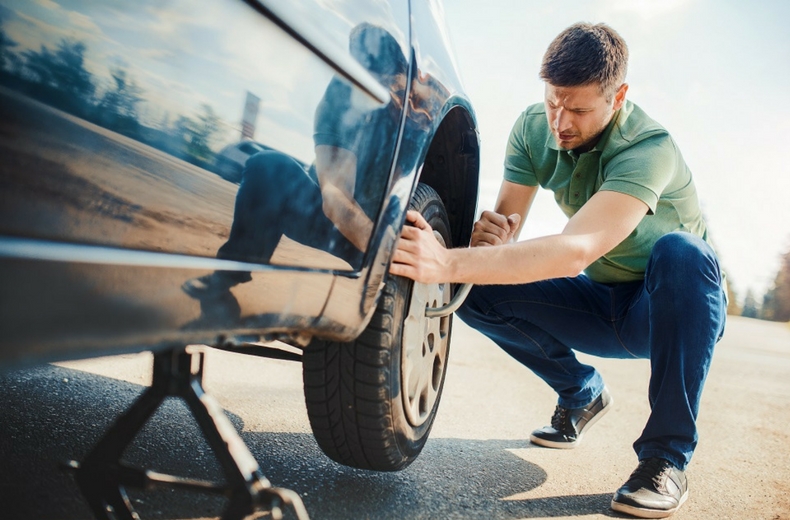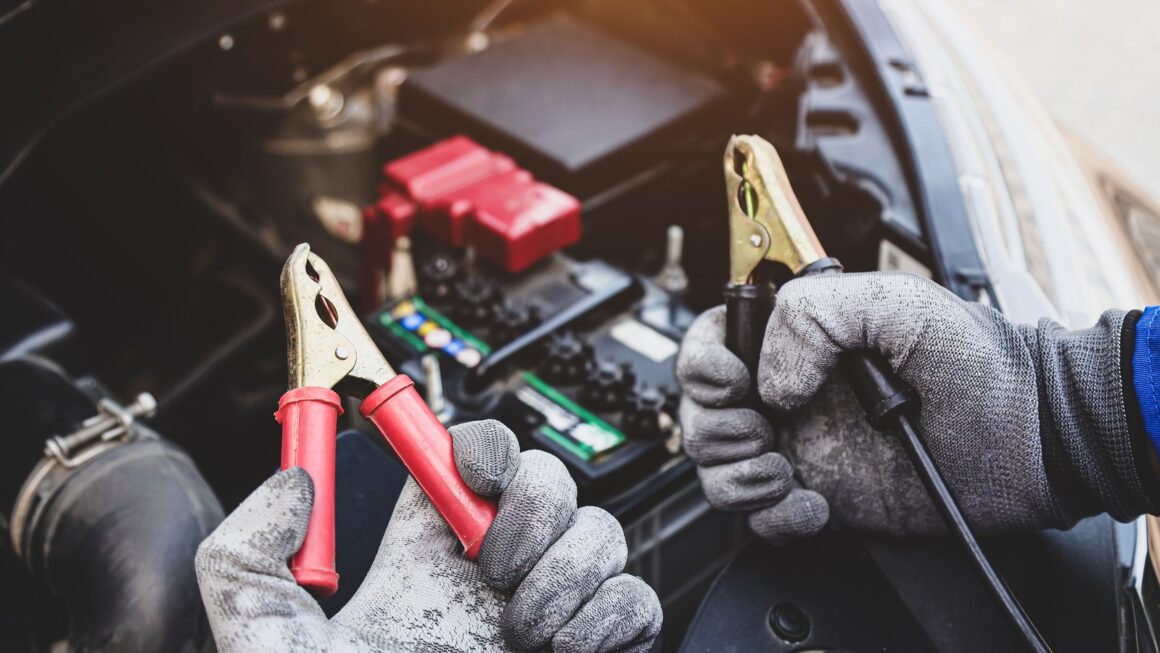Your vehicle’s tyres may be its most vital component. The tyres bear the vehicle’s entire weight along with any extra added weight to it, absorb road shocks, and keep you moving in the right direction in a stable and safe manner. They can even be denoted as the legs of your vehicle since they are the only point of contact between the vehicle and the road; and so it won’t be weird to point out that just as your legs are tired and need rest after a long day of walking and running, so do your vehicle’s tyres.
Tyres are bound to wear down the more you put them at work. There is no easy way of preventing your tyres from being worn down but you can surely extend their lifespan by taking good care of them. Routine maintenance and repair can go a long way in trying to get the best out of your Tyres Stanley for as long as possible.
One should always try to maintain the condition of the tyres Their excellent working condition is not only necessary for the overall performance of your vehicle but also for your personal safety. Nevertheless, there eventually comes a time when repairing the same set of tyres, again and again, is no longer feasible and it starts to give you diminishing returns. As a result, replacing a tyre rather than repairing it is always the best option in such situations. But how can you tell when your tyres need to be replaced?
There are some signs that anyone can look for in their tyres to deduce whether it’s time for repairing them or replacing them. Let’s look into some of these signs now-
Low Tread Depth–
Your tyre tread should never be less than 1.6 millimetres deep. The tread of a tyre will wear down to the bare minimum over time. The tread of the tyre might wear down faster than usual while driving on wet and slippery roads for an extended period of time at high speeds.
The capability of your car to obtain traction in varied driving conditions is majorly dependent on its tyre treads. It keeps your vehicle steady in wet and icy conditions, and it goes without saying that without it, things become a little tricky. Never allow a tyre to get completely bald because by the time it does, it’s typically too late and you’ll inevitably face a dangerous situation sooner or later.
Uneven Wear Down–
Always look for uneven tyre wear on each tyre of your vehicle. Some suspension or alignment issues can quickly deplete the life of your tyres. Parts of a tyre may appear to be in perfect condition while others are worn down to the very cords of the tyres. When such uneven wear occurs, one should take their car to a mechanic as they can easily decipher whether it’s a suspension issue or time to have your tyres replaced.
Cracks, Bulges and Cuts on the Sidewall–
You should replace your tyres if they are damaged in any manner. Dry rots or thin lines like splits can form on the sidewalls of the tyres due to many reasons. Small and minor cracks can appear from time to time as a result of driving itself and this is something that doesn’t require much attention. However, extensive ones call for the need to buy new tyres.
Fortunately, with a simple inspection, you can spot the said faults on your tyres. However, if the cuts, cracks, or bulges are noticeable to the human eye, an immediate trip to the car repair shop is required.
Strange and abnormal Vibrations–
As you’ve been driving your vehicle for a long time, you can easily tell that there is a little number of vibrations and sounds accompanying you when you’re driving. Vibrations and noises are even more normal when driving through harsh and rough roads.
It is a problem indeed when the vibrations and noises are weirdly excessive. Even on smooth open roads, strange or excessive sounds and vibrations from your tyres might indicate a variety of problems. It may be a worn-out suspension system or misaligned tyres, unbalanced wheels. It may not even be a tyre problem at all. In such situations, it is never a good idea to continue driving. One should call for a mobile tyre repair service or take the car down to a mechanic immediately.
Age of the Tyre-
There is not a fixed date of expiration associated with tyres. It can be said that tyres age much like humans to a certain extent. As a general rule, it is advised to have your tyres replaced every 5 to 6 years of usage. If you are sure that your tyres can last longer then you should take them down to an auto garage shop where a trained professional can advise you what’s the best course of action for you.
No two tyres are the same with regards to their overall condition. Some may last longer than the others while some may need to be replaced long before their 5-year mark. Such things depend on how well the maintenance and care of the Continental Standley Tyres have been done.




